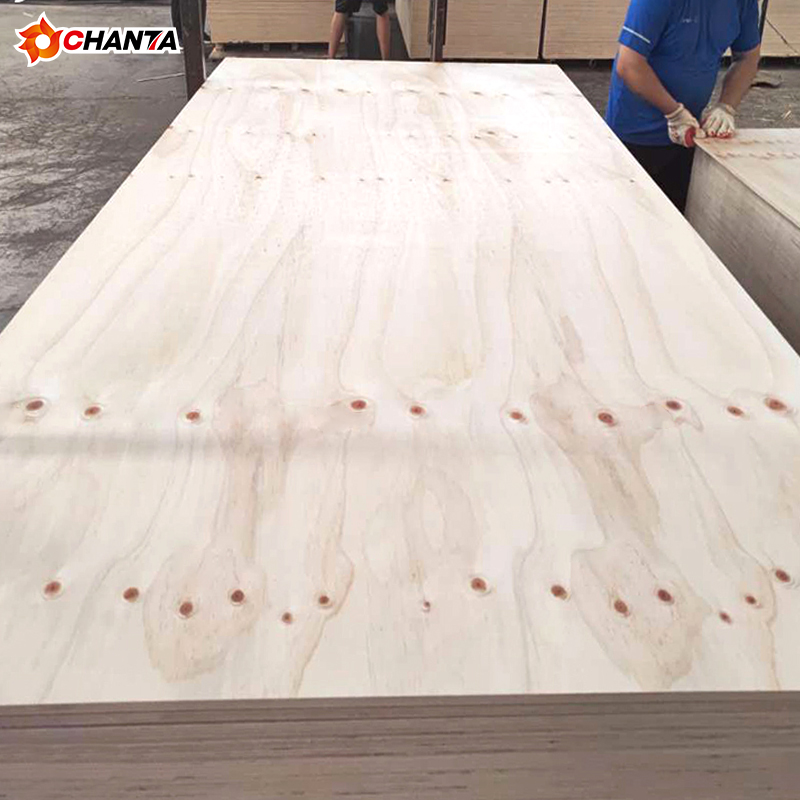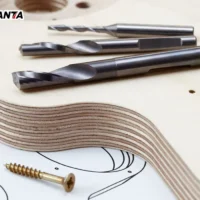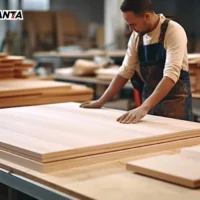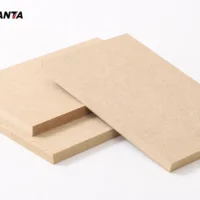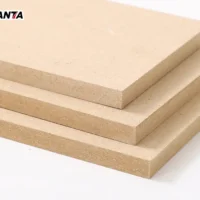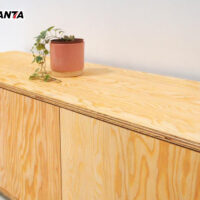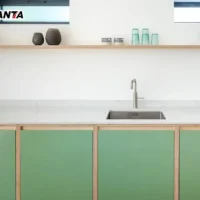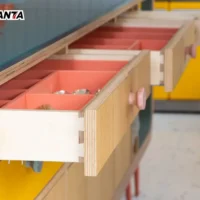Medium Density Fiberboard, commonly known as MDF, is a versatile and widely-used wood product in construction, furniture, and interior design. Unlike natural wood, MDF combines processed wood fibers and adhesives, offering a uniform structure with enhanced durability. Here’s an in-depth look at the materials and production processes involved in creating MDF.
Raw Materials in MDF Production
The main ingredient in MDF is wood fiber, typically sourced from softwood or hardwood waste. Producers often use leftover wood from lumber mills, ensuring minimal waste. The wood fibers undergo thorough cleaning and screening to remove impurities, which improves the quality and consistency of the final product. Using these recycled wood fibers makes MDF an eco-friendly alternative to solid wood, as it reduces the need for logging.
MDF Manufacturing Process
The MDF manufacturing process transforms raw wood fibers into a cohesive, durable board. First, the fibers go through a defibration stage, where they’re refined and broken down. The processed fibers are then mixed with adhesives and a controlled amount of water. This mixture creates a paste-like consistency, essential for effective bonding. Once combined, the fibers and adhesives are spread into thin layers.
Heat and pressure are then applied, which activates the adhesive and compresses the fibers into a solid board. During this hot-pressing stage, the fibers interlock tightly, creating a uniform density throughout the board. The MDF board produced has a density range between 600 and 800 kg/m³, which distinguishes it from low-density fiberboard and high-density options. This medium density makes MDF ideal for applications that require stability and strength without the weight of solid wood.
Benefits of MDF in Design and Construction
MDF’s even density and smooth surface make it a top choice for builders and designers. It’s easy to cut, shape, and finish, making it suitable for intricate designs and high-quality finishes. Unlike natural wood, It
doesn’t contain grains or knots, which allows for precise cuts and an even surface ideal for paint and veneers. This makes MDF popular for cabinetry, shelving, and wall paneling in both residential and commercial settings.
In addition to its smooth surface, MDF is less likely to warp or expand compared to natural wood. This stability makes it particularly useful in environments where temperature and humidity fluctuate, such as kitchens and bathrooms.
Eco-Friendly Aspects
The eco-friendly nature of MDF lies in its use of recycled wood fibers. By repurposing wood waste,production reduces deforestation and limits waste in landfills. Some manufacturers also produce it with low-formaldehyde adhesives, ensuring a safer and greener product for indoor use. When choosing , checking for certifications such as CARB or E0 can help ensure minimal formaldehyde emissions, which is essential for indoor air quality.
Applications Across Industries
MDF’s flexibility makes it suitable for various applications. In the furniture industry, it is frequently used in tables, wardrobes, and cabinets due to its smoothness and stability. In construction, MDF appears in doors, window frames, and moldings, providing both structural support and aesthetic appeal. Its acoustic qualities also make a preferred material for speaker boxes and musical instruments, as it reduces sound distortion.
Conclusion
MDF stands out as a reliable, versatile, and eco-friendly material in modern design and construction. By combining recycled wood fibers with a precise manufacturing process, I delivers a consistent and stable material that meets the demands of various industries. Whether in homes, offices, or studios, It offers a blend of strength, smoothness, and sustainability that continues to make it a popular choice.














